
Agriculture
If precision technology drove the farming revolution of recent years, monitoring crops from the sky using drones will drive the next, as agronomists, agricultural engineers and farmers turn to UAVs (or UAS) to gain better crop insights and more accurately plan and manage their operations.
Crop Monitoring
Our drones equipped with the multispectral sensors provide a holistic view of a crop’s growth, enabling ag professionals to quickly and precisely identify issues, and better target the
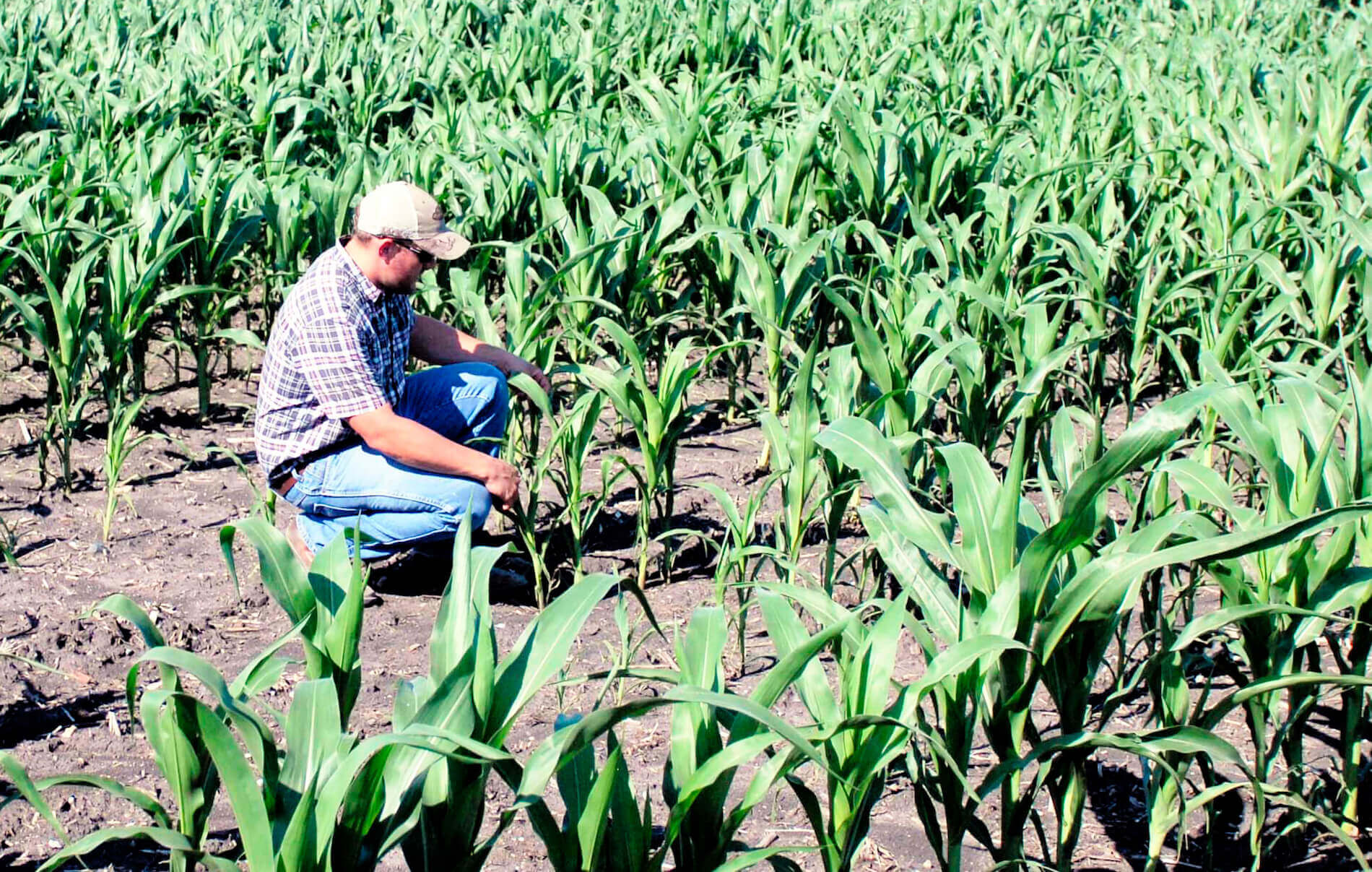
Soil Assessment
The number of application for drone derived digital surface and terrain models is virtually limitless- from importing the drom DSMs into CAD to build virtual models, to using a drone’s orthomosaics to define boundaries or employing drone-derived DTMs to simulate flooding.
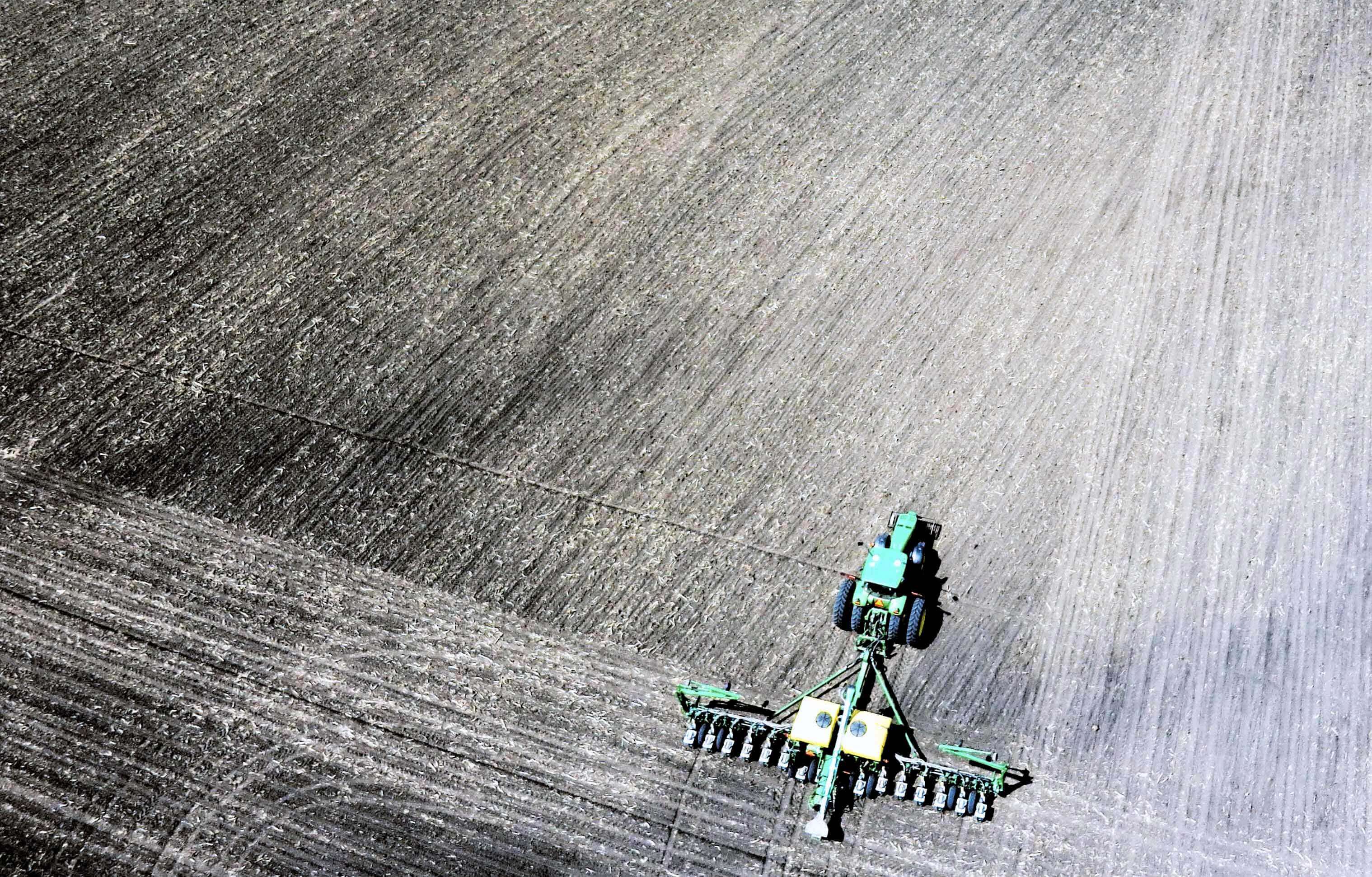
Plant Emergence & Population
Professional like agronomists are increasingly employing drone data to better understand which plants emerge, their population and spacing metrics. This information can then drive replanting decisions, thinning and pruning activity, which in turn improves crop models.
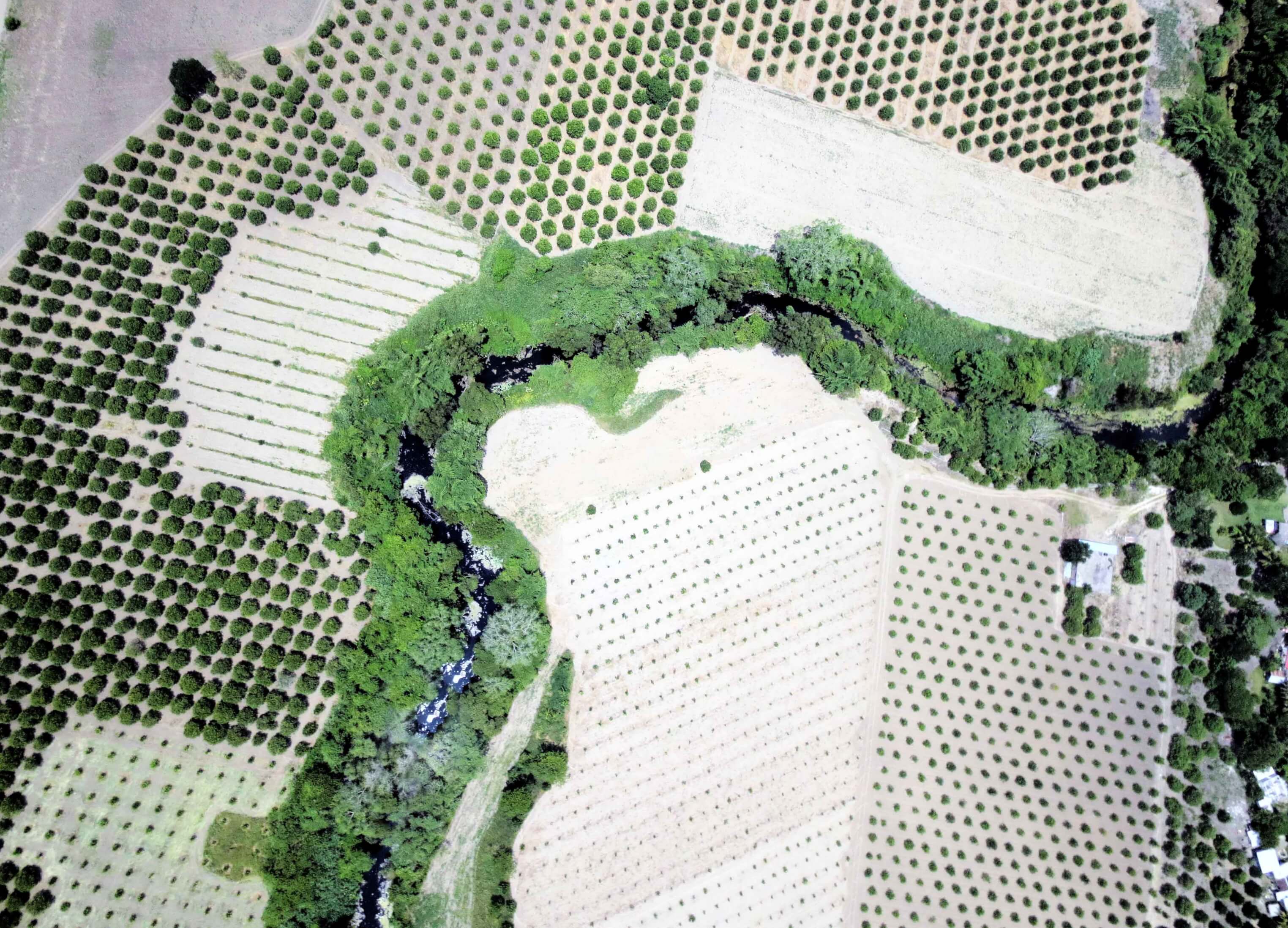
Fertility
High resolution drone data allows ag professionals to assess the vigour of crops at different stages of growth, allowing teams to apply just the right rates of fertiliser, reduce wastage and optimise crop heath and production.
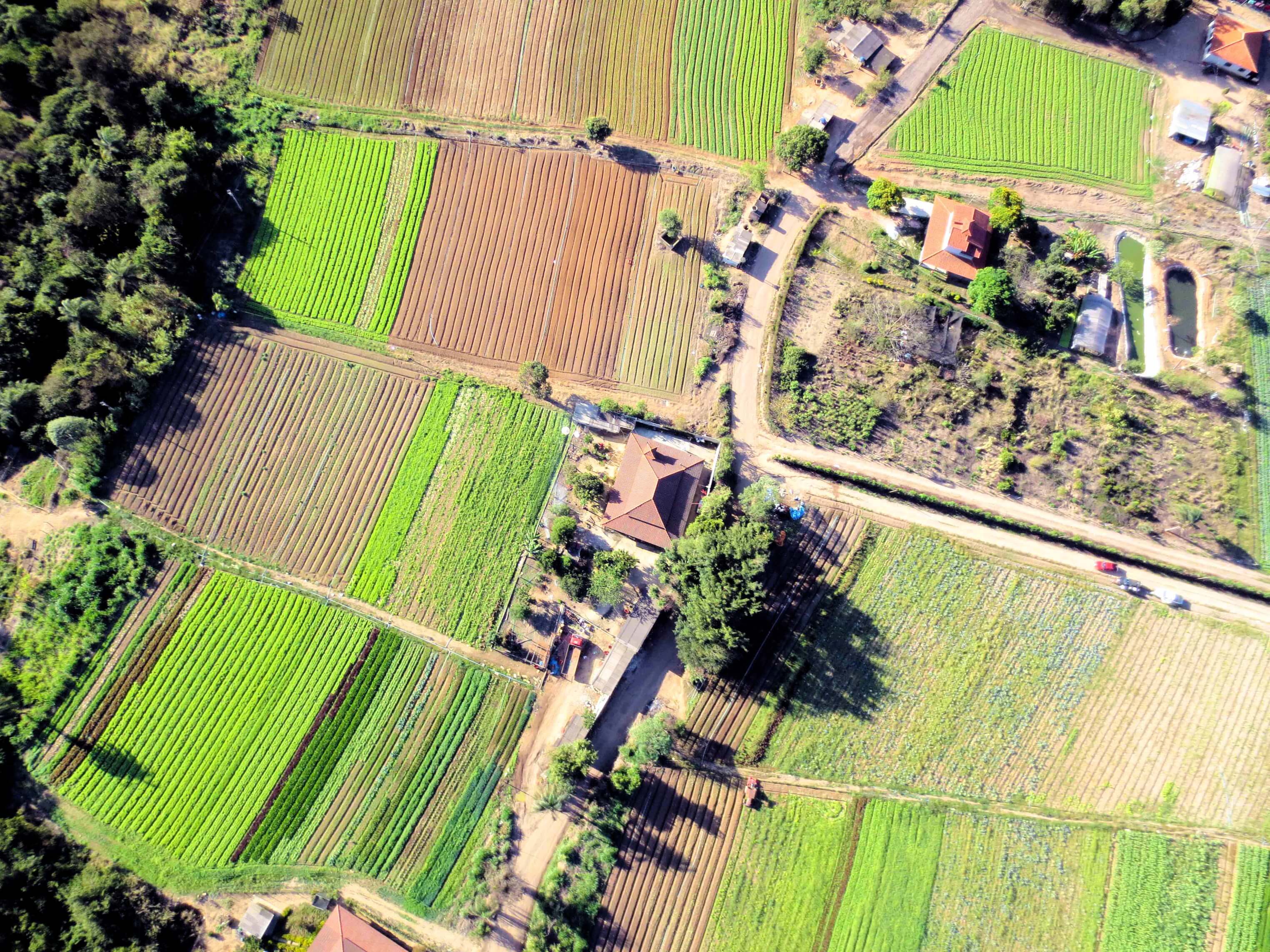
Insurance
On-demand, high-resolution drone data is perfect for capturing and accurately reporting events that lead to economic loss, such as crop injury, destruction and reduced health, providing a detailed digital record that can drive a more efficient adjustment process.
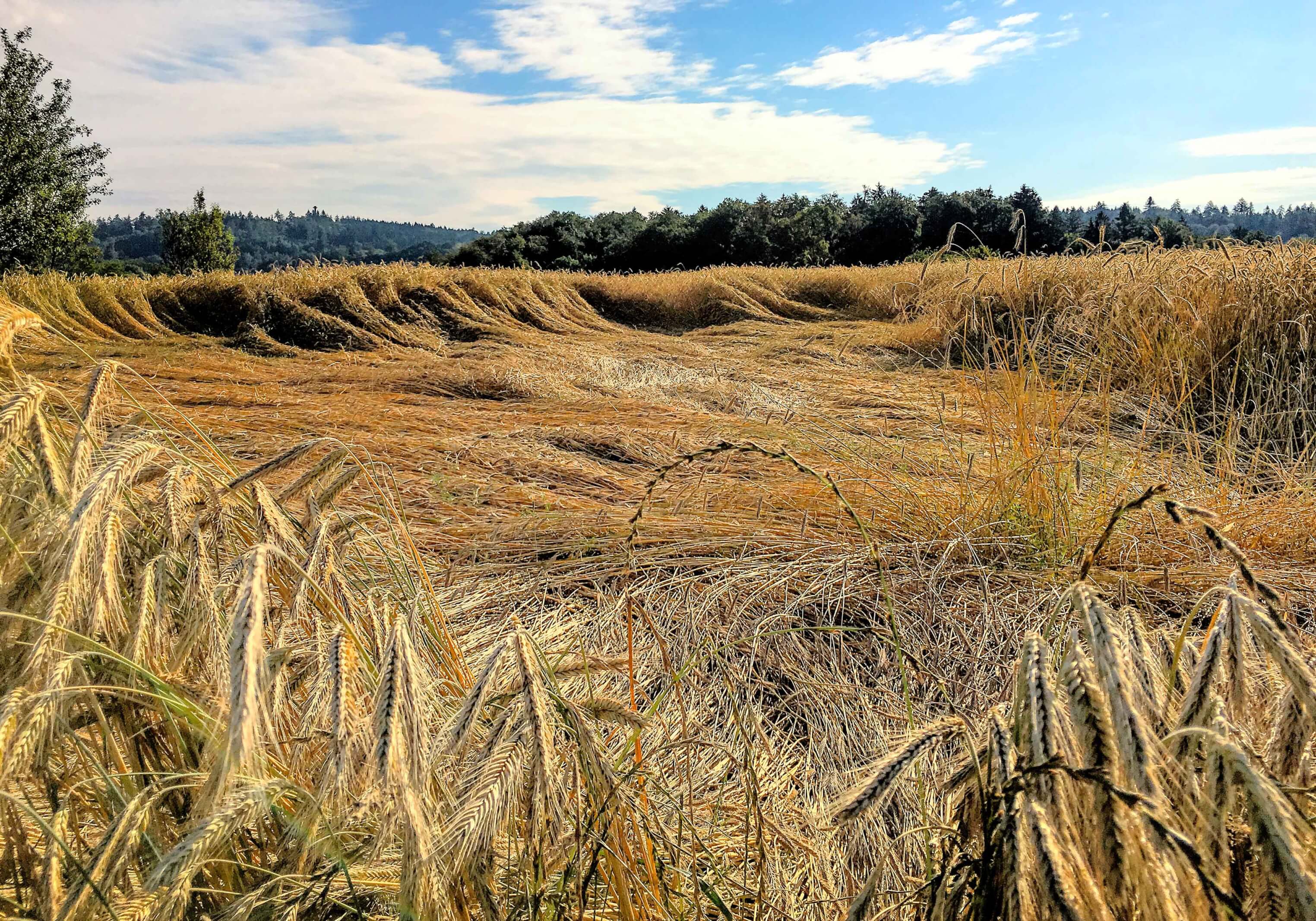
Irrigation & Drainage
In addition to crop-specific activities such as health monitoring, drones equipped with RGB and/or thermal infrared cameras suit the planning and troubleshooting of irrigation systems, helping professionals to manage their water across an operation.

Harvest Planning
Drone data, collected at critical growth stages throughout the growing season, can help agronomists and ag engineers to improve their models, predictions and planning. THe result is that teams can better anticipate both a harvests quality and final yield.

Share this:
- Click to share on X (Opens in new window) X
- Click to share on Telegram (Opens in new window) Telegram
- Click to share on Pocket (Opens in new window) Pocket
- Click to share on Pinterest (Opens in new window) Pinterest
- Click to share on Tumblr (Opens in new window) Tumblr
- Click to share on Reddit (Opens in new window) Reddit
- Click to share on Facebook (Opens in new window) Facebook
- Click to share on LinkedIn (Opens in new window) LinkedIn
- Click to share on WhatsApp (Opens in new window) WhatsApp
- Click to print (Opens in new window) Print